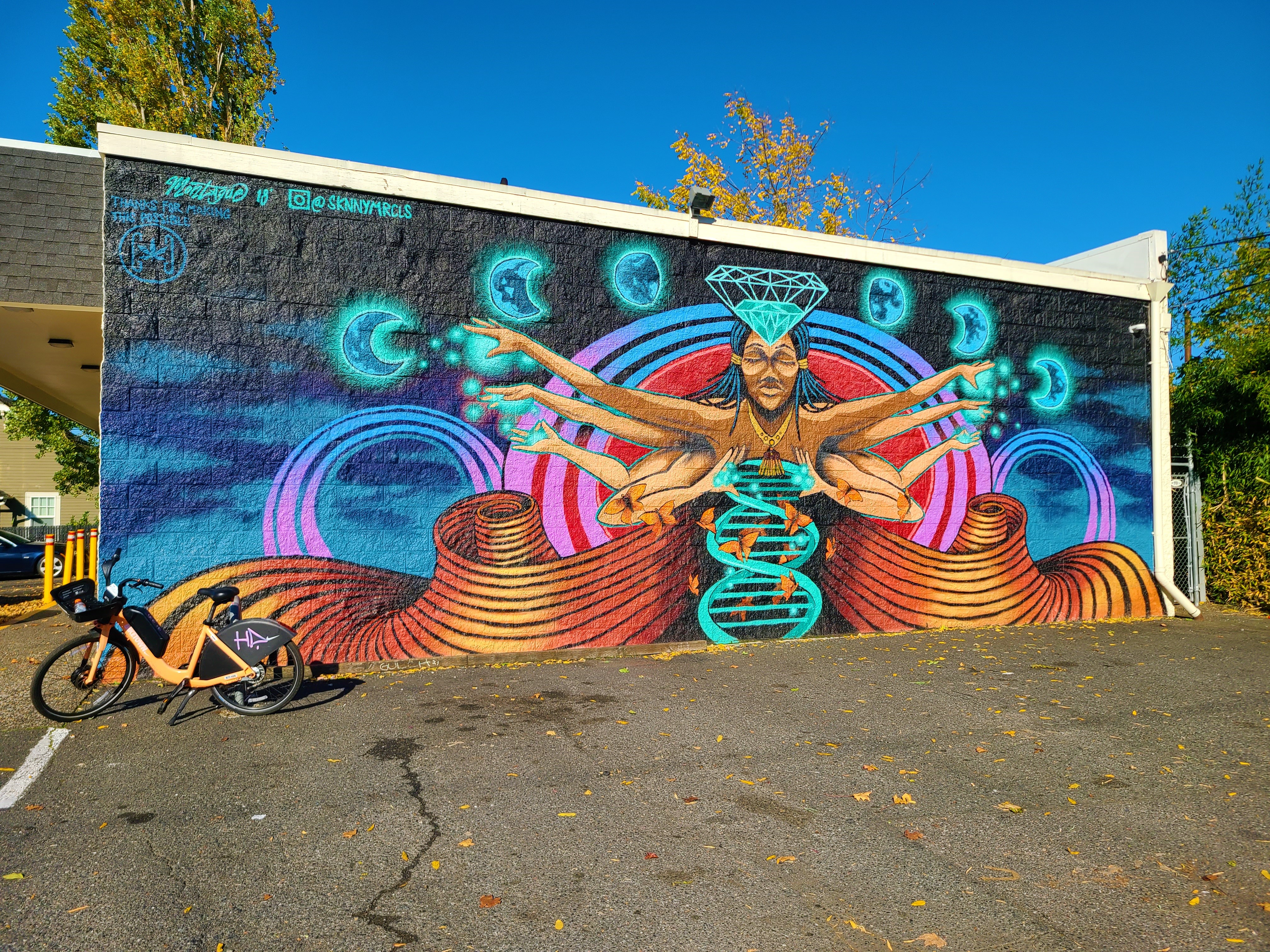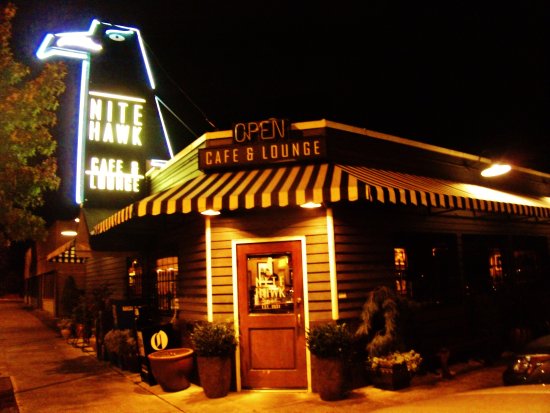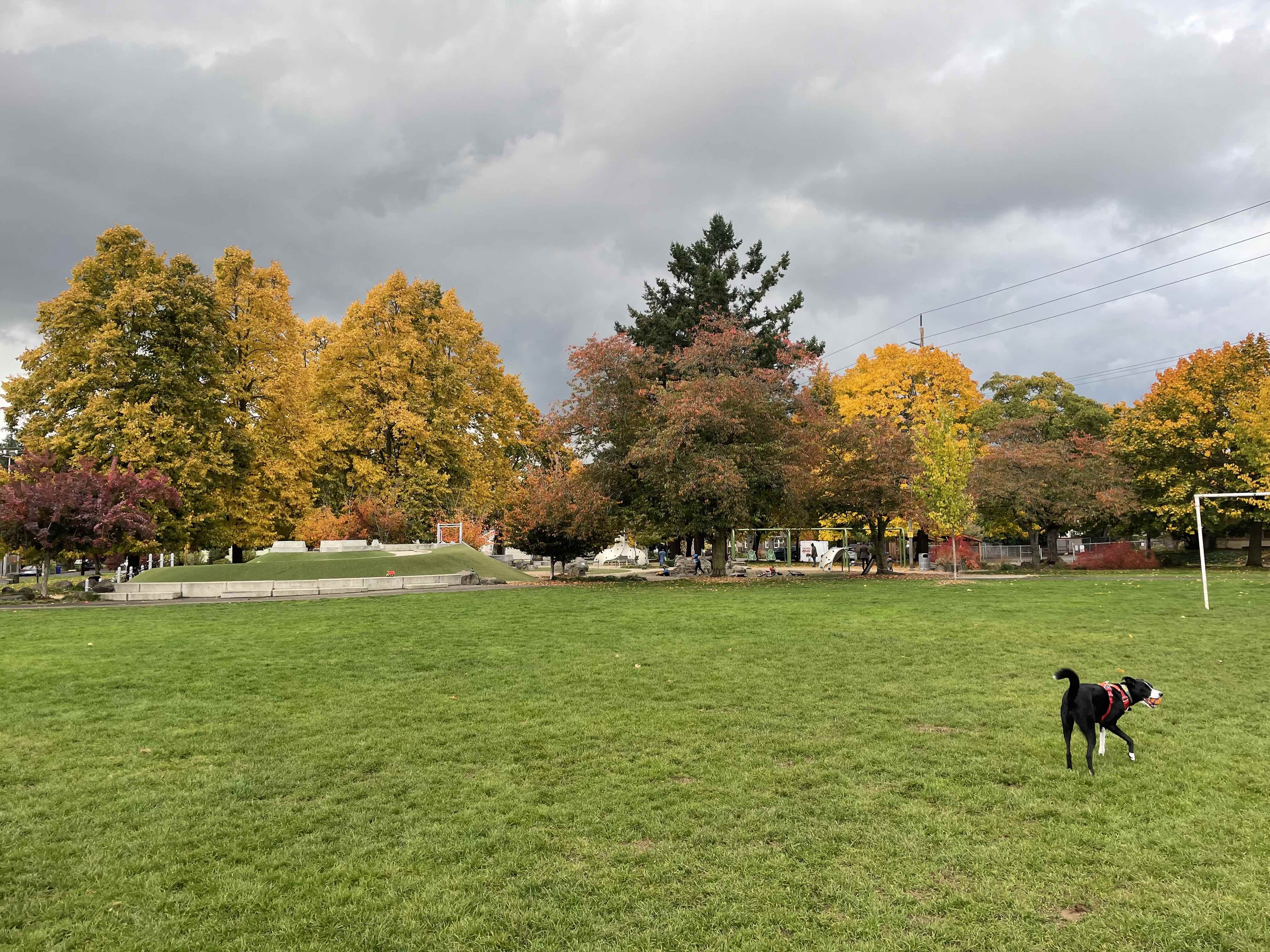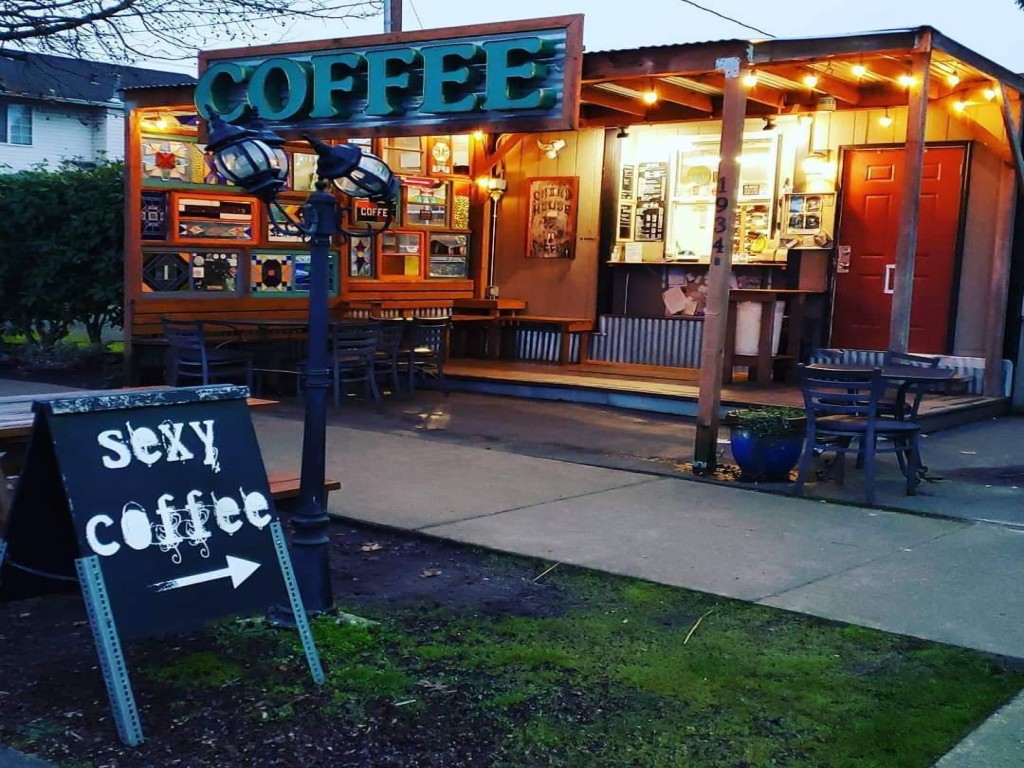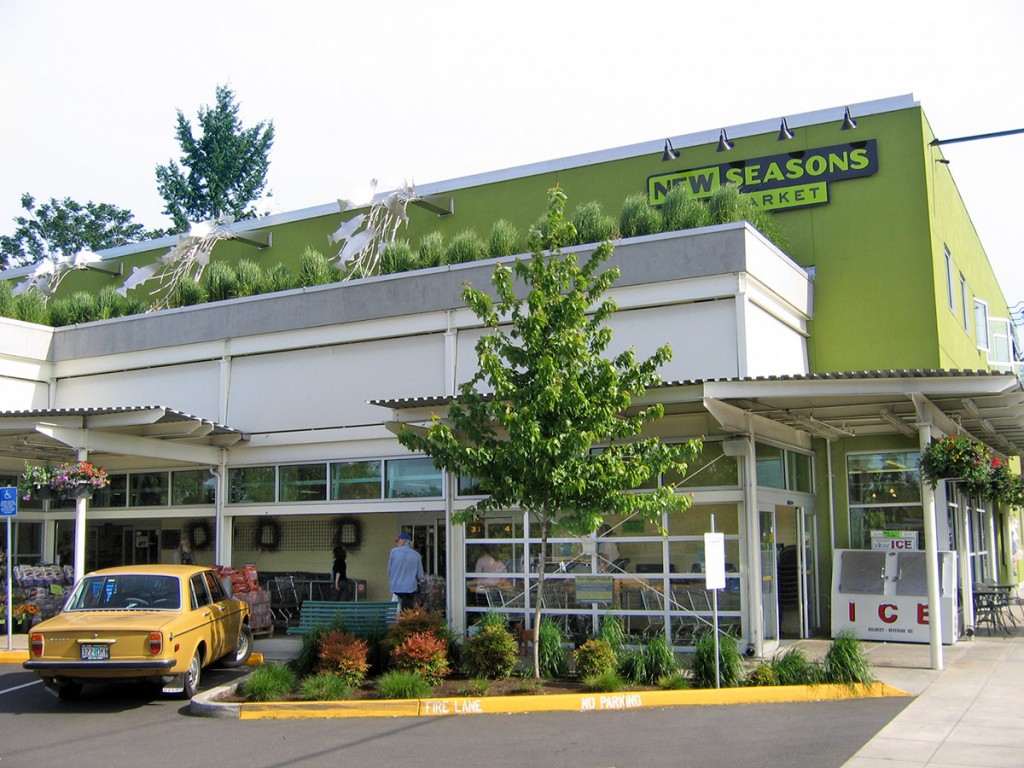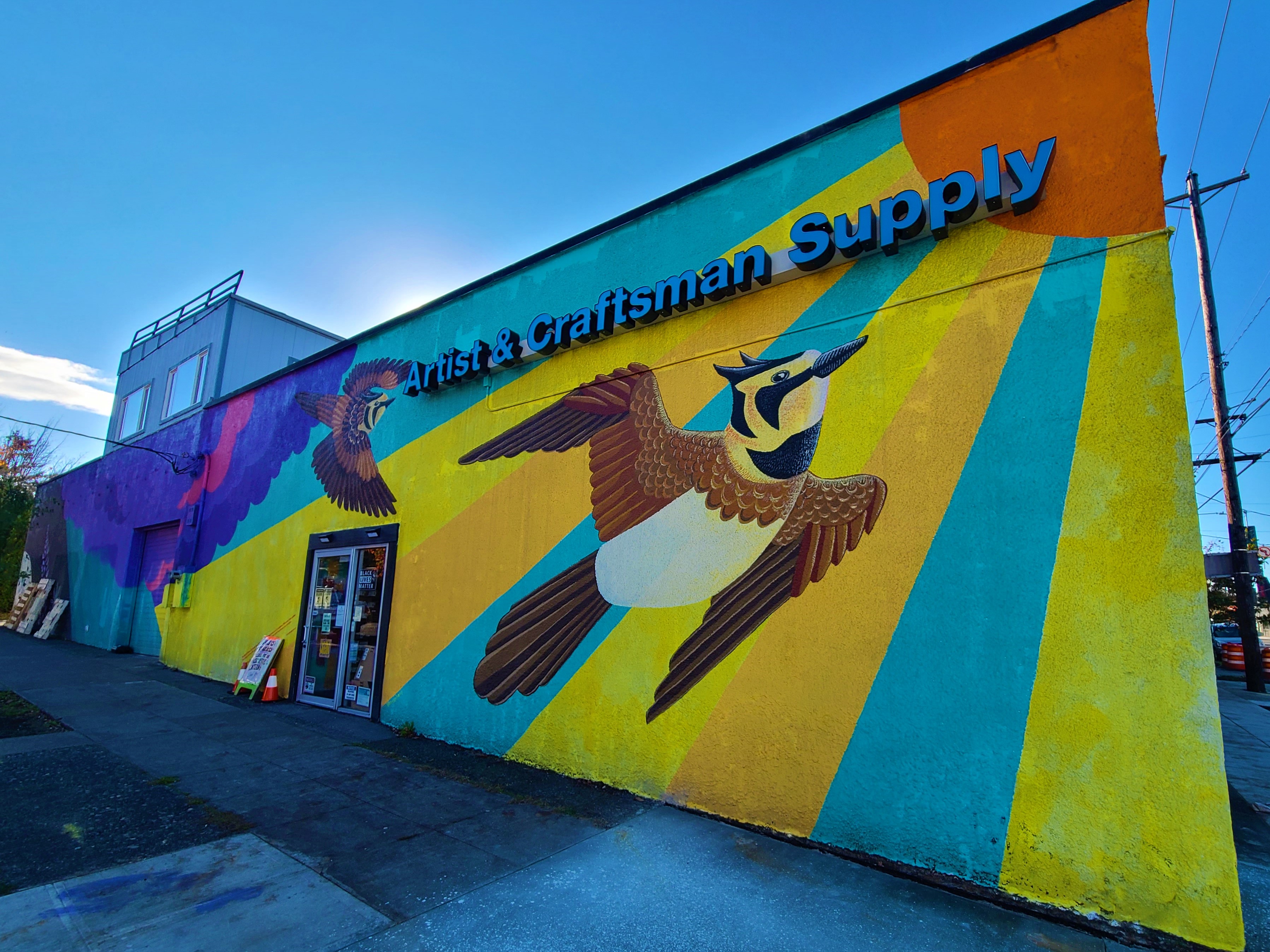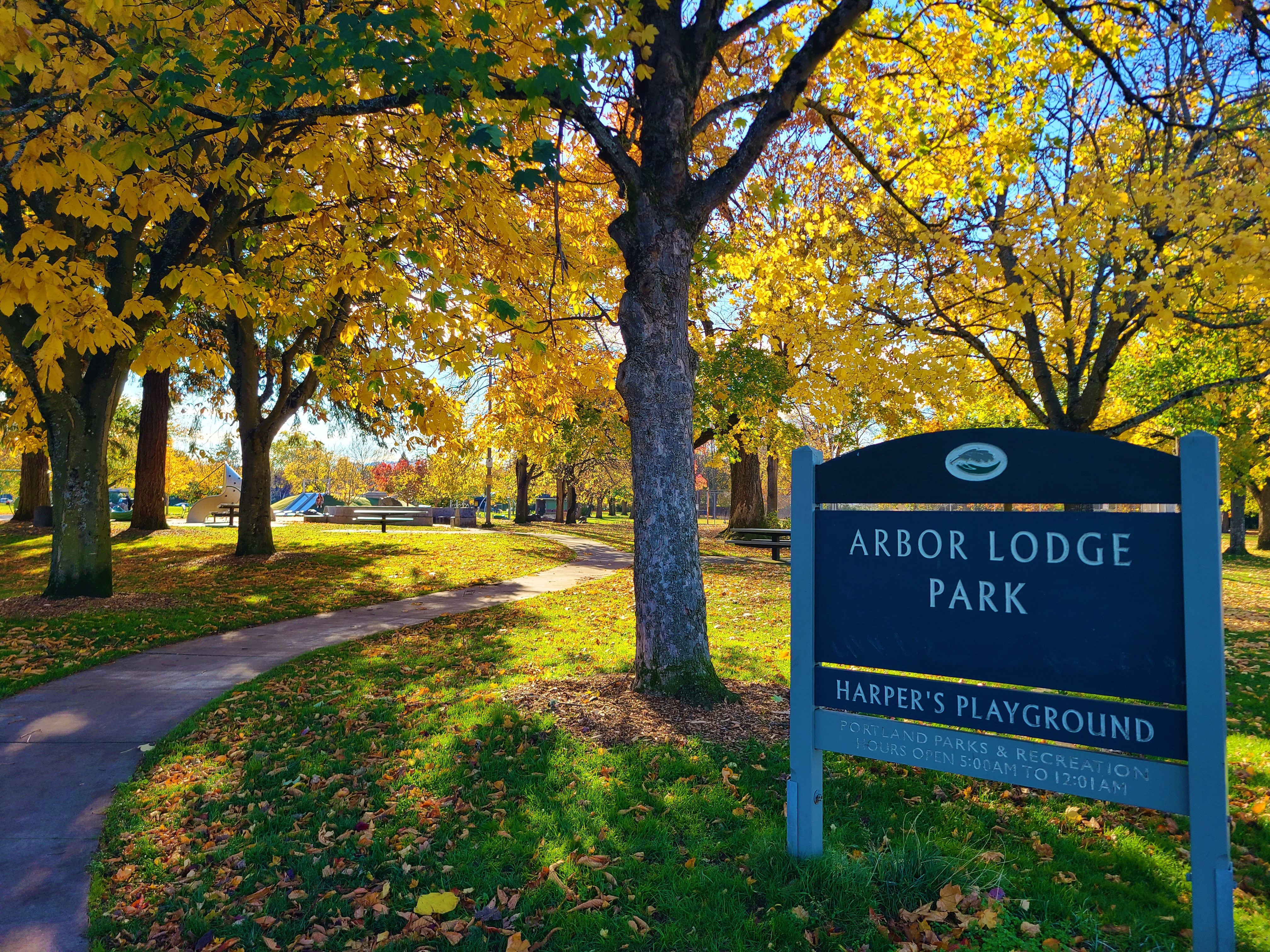04/30/2013
NET Training - Fires and hazmat symbols
Weeks 2 flew by in NET Training, where we intrepid neighborhood volunteers prepared to assist in the event of a giant earthquake, flood, or other such calamity.
Our second week focused mostly on fire suppression. Fires can be common following an earthquake, and NET volunteers, charged with assisting until emergency responders arrive, need a very modest amount of fire-fighting know-how so we can stamp out little fires before they become big ones.
This video won't teach you anything about putting fires out, but it might make you feel differently about your Christmas tree. It was intended to give us NETs a clue about how quickly a fire gets out of control. In a word: fast.
Stamping out fire, even a little fire, is harder than it sounds. Turns out there are at least four kinds if fire extinguishers: water, dry chemical, foam, and carbon dioxide.
We learned water fire extinguishers are good for dousing your average burning solid, like, say when your brother lights a fire in a garbage can full of leaves. You can use foam or dry chemicals on those too. Foam, CO2 and foam-dry chemical extinguishers can put out a fire in a flammable liquid, for instance in the pan of vegetable oil that has been known to ignite while I am cooking. (This part of the lesson made it clear why that grease fire went so poorly back in Mom's kitchen some decades ago, after I sprayed it with the faucet hose. Good thing Mom came home in the middle of that doughnut experiment!) There are also chemical extinguishers for commercial kitchens, and CO2 and dry chemical extinguishers for electrical fires. Apparently there are special extinguishers for metals too, some of which are combustible. Who knew!
A few other things we learned NETs might do in a fire: help keep them from spreading by shutting off gas valves and electrical panels. If water lines break, or if water is contaminated, this lesson also taught us how to shut off the water. And if the bluff ever goes up again, and the fire department is able to respond faster than to a big earthquake or similar fuss, we might just be called upon to direct traffic and help people get out of the way.
Week two also schooled us in how to read those funky symbols on the sides of tractor trailers or the doors of places where people go to work in rubber. In most of those cases, we're supposed to just run the other way. NETs aren't advised to get themselves into more trouble than they can contain. And for that reason, we also talked about the buddy system, which keeps us safe AND keeps us from doing anything ill-conceived.
